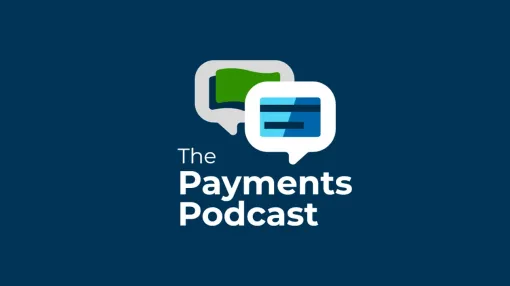Paving the Way for a Smarter Future
As the world enters a new era of technological innovation, the accounts payable (AP) function is on the cusp of a major transformation. The emergence of new technologies, such as artificial intelligence (AI) and predictive analytics, has created a new wave of opportunities for AP professionals to streamline processes, reduce costs, and provide greater strategic value to their organizations. This report provides a comprehensive view of the current state of AP and how new innovations are paving the way for a smarter future.
The eighteenth annual State of ePayables report focuses on the impact of AI on AP and provides actionable recommendations for AP professionals to take advantage of emerging technologies and pave the way for a smart future.
Report Overview:
Chapter 1 - The State of AP
- This chapter looks at the continuing evolution of the accounts payable function and the value it delivers, as well as its level of engagement and alignment within the enterprise today. The chapter also highlights AP'S top strategic priorities in 2023 and how AP groups are increasingly using data and intelligence to drive operations.
Chapter 2 - The state of ePayables
- This chapter examines the impact of AP technology today and the imperative for AP groups to accelerate the adoption and utilization of these tools, or risk being left behind in the over-changing business landscape. It also discusses the major hurdles facing AP in 2023 and the key capabilities AP will use to face them.
Chapter 3 - Best-in-class Accounts Payable
-
This chapter provides AP performance and operational benchmark statistics and a profile of Best-in-Class performers and their distinguishing characteristics and strategies.
Chapter 4 - AP's smarter future
- This chapter discusses the factors that can help drive AP to the next level of performance as well as the impact that Al will have on AP before concluding with some recommendations on what AP can do to pave the way to a smarter future.


